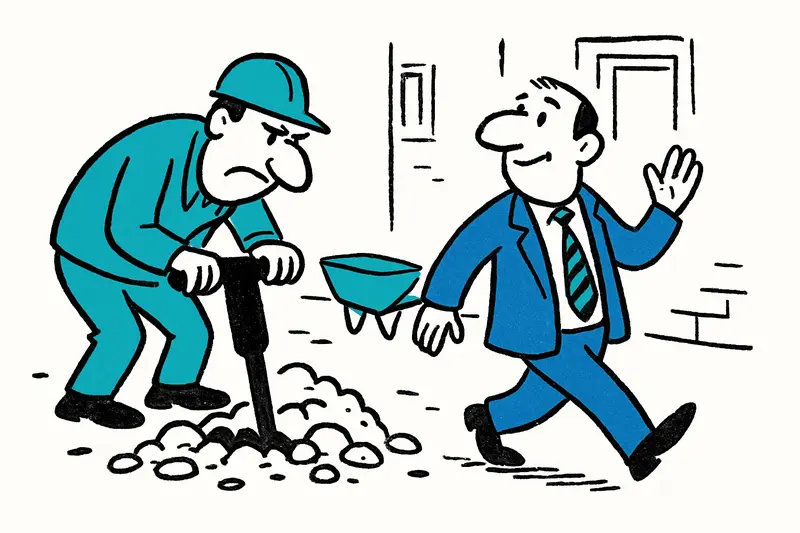After nearly three years of construction, the work in Artà's old town is in its final phase. New water pipes, less traffic, and renovated squares should finally make daily life easier.
Artà in the final sprint: Almost three years of construction are nearing their end
If you stroll through the narrow streets of Artà these days, you immediately notice: it smells of freshly laid asphalt and new mortar. The long construction fences are mostly gone, the last workers are clearing debris, and the construction vehicles honk only rarely. A feeling that many residents and business owners here had long missed.
What exactly was done
Since autumn 2022, the large-scale modernization project for the old town has been underway. The decisive intervention began in April 2024: Old drinking water, wastewater, and stormwater pipes were replaced step by step. The goal was not only a new pipeline but also a finer distribution of the drinking water supply into sectors, so that in case of problems not half the village is without water.
Affected streets include, among others, n'Aixa, les Figueretes and a section of Josep Sanxo de la Jornada. Especially where the town becomes steepest, the work was technically particularly tricky.
More than just pipes
The workers did not only replace pipes: plazas and parks were modernized as well. Parc de Can Marín has been freshly laid out, the playground at Plaça del Progrés has received new equipment, and the lighting at the former Sant Salvador Monastery was switched to more energy-efficient lamps. In the building at Plaça del Pes del Porcs, where social services will operate in the future, the work has also been completed.
The mayor thanked the residents for their patience. He stressed that the measures are also intended to prevent floods and not to further jeopardize the condition of the lower area around Plaça del Conqueridor.
Traffic and daily life
In the long term, some alleys should remain traffic-calmed. After completion, road surfaces will be renewed, cameras will be put back into operation, and only registered vehicles will be allowed to drive in certain areas. It sounds strict, but already it's visible: cars drive more cautiously, bicycles are seen more often, and the street-side cafés fill up earlier in the morning.
For many German-speaking residents, that means: finally less dust, more stable water, and a quieter village life. There is still some work to do, but the mood has noticeably brightened. A neighbor summed it up: "Finally you can sleep with an open window again."
Similar News
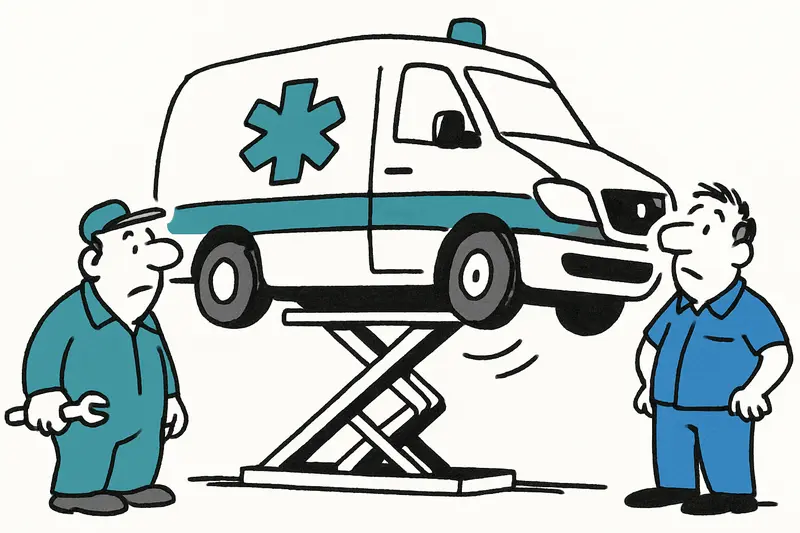
Too Heavy Ambulances: 55 Vehicles on Mallorca Are Being Retrofitted
Because they exceed the allowed weight, 55 patient transport vehicles on Mallorca must go to the workshop—a temporary in...
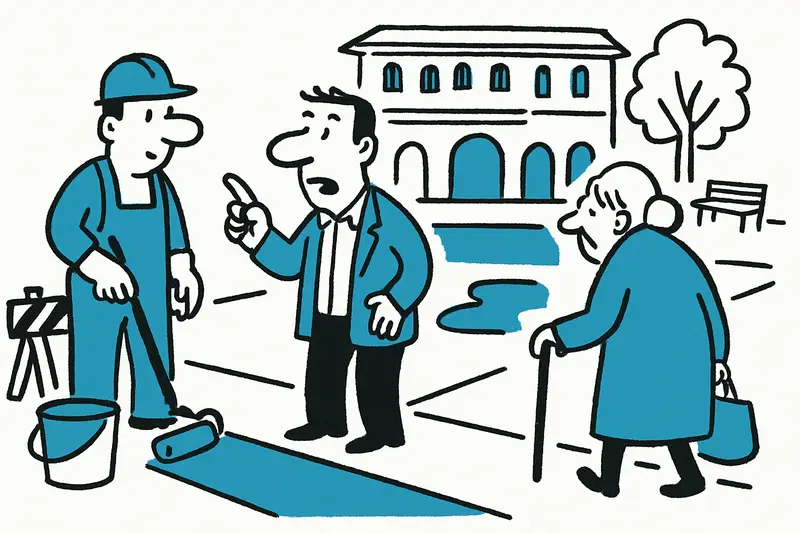
Renovation of Plaza del Mercat in Palma: What Residents and Visitors Can Expect
The city of Palma has given the green light for redesigning Plaza del Mercat and Calle Unió. Start of construction: mid-...
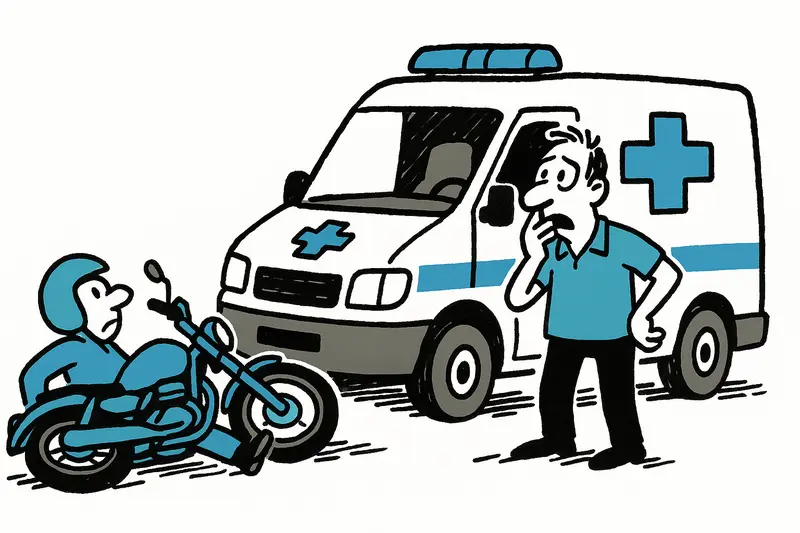
Motorcyclist Dies After Collision With Private Ambulance in Son Castelló
A 66-year-old motorcyclist died yesterday in an accident in the Son Castelló industrial estate. The driver of the privat...
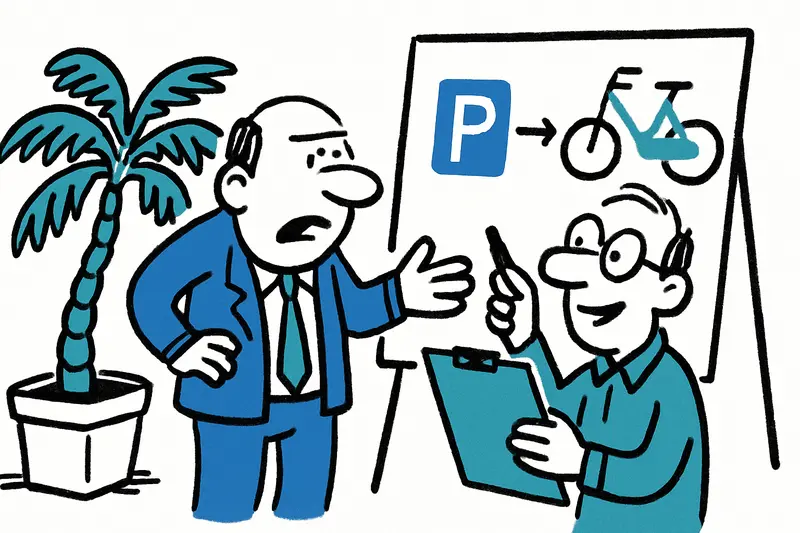
Palma Plans More Parking Spaces and 230 E-Bikes for 2026
The city of Palma plans to invest increased budget revenues in new parking spaces, modernization, and 230 E-Bikes. What ...
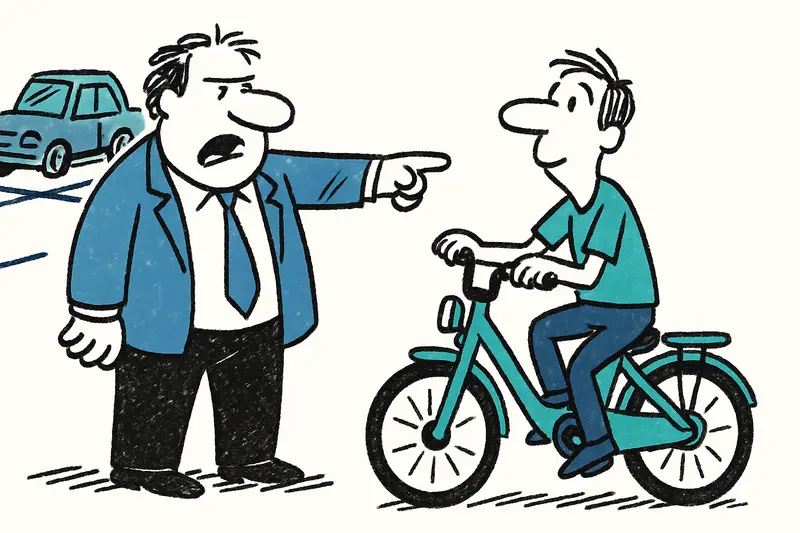
Palma bets on parking spaces and e-bikes: What is planned for 2026
The city of Palma plans for 2026 to add new parking spaces and expand BiciPalma: 23 stations and 230 e-bikes are planned...
More to explore
Discover more interesting content

Experience Mallorca's Best Beaches and Coves with SUP and Snorkeling

Spanish Cooking Workshop in Mallorca

